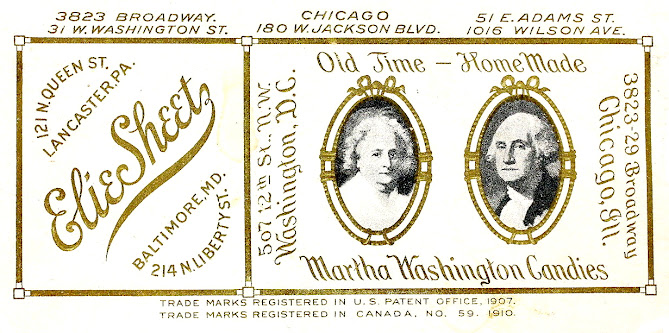Early attempts at controlling tuberculosis in Chicago focused on home sanitation, public health education, and patient isolation. Private hospitals took a few tuberculosis patients, but public consumptive facilities were unavailable.
To raise public awareness, the Visiting Nurses Association and physician Theodore Sachs spearheaded an antituberculosis movement in the early 1900s. This eventually resulted in the passage of state legislation, the Glackin Tuberculosis Law, in 1909, giving the city of Chicago the ability to raise funds for treating and controlling tuberculosis through a special property tax.
In 1911, Chicago bought 158 acres to establish the Sanitarium in today's North Park Village Nature Center on Bryn Mawr at Pulaski. It operated from 1915 through the 1970s.
In 1914, there were 10,000 registered cases of Tuberculosis (TB). The number of deaths due to TB in Chicago that year was 3,384. Yet there were only 300 public beds available in the city for patients who could not afford to pay for treatment. In March 1915, the Municipal Tuberculosis Sanitarium opened its doors to the citizens of Chicago suffering from tuberculosis, and treatment was free to residents of Chicago.
Some buildings are still standing, looking the same on the outside as in 1915. The Sanitarium was designed as a place for quiet and rest on the city's outskirts, and significant consideration was given to the exterior of the buildings and beautiful grounds.
Read the 1915 "Municipal control of tuberculosis in Chicago. City of Chicago Municipal Tuberculosis Sanitarium, its history and provisions." Report to the Mayor.




















